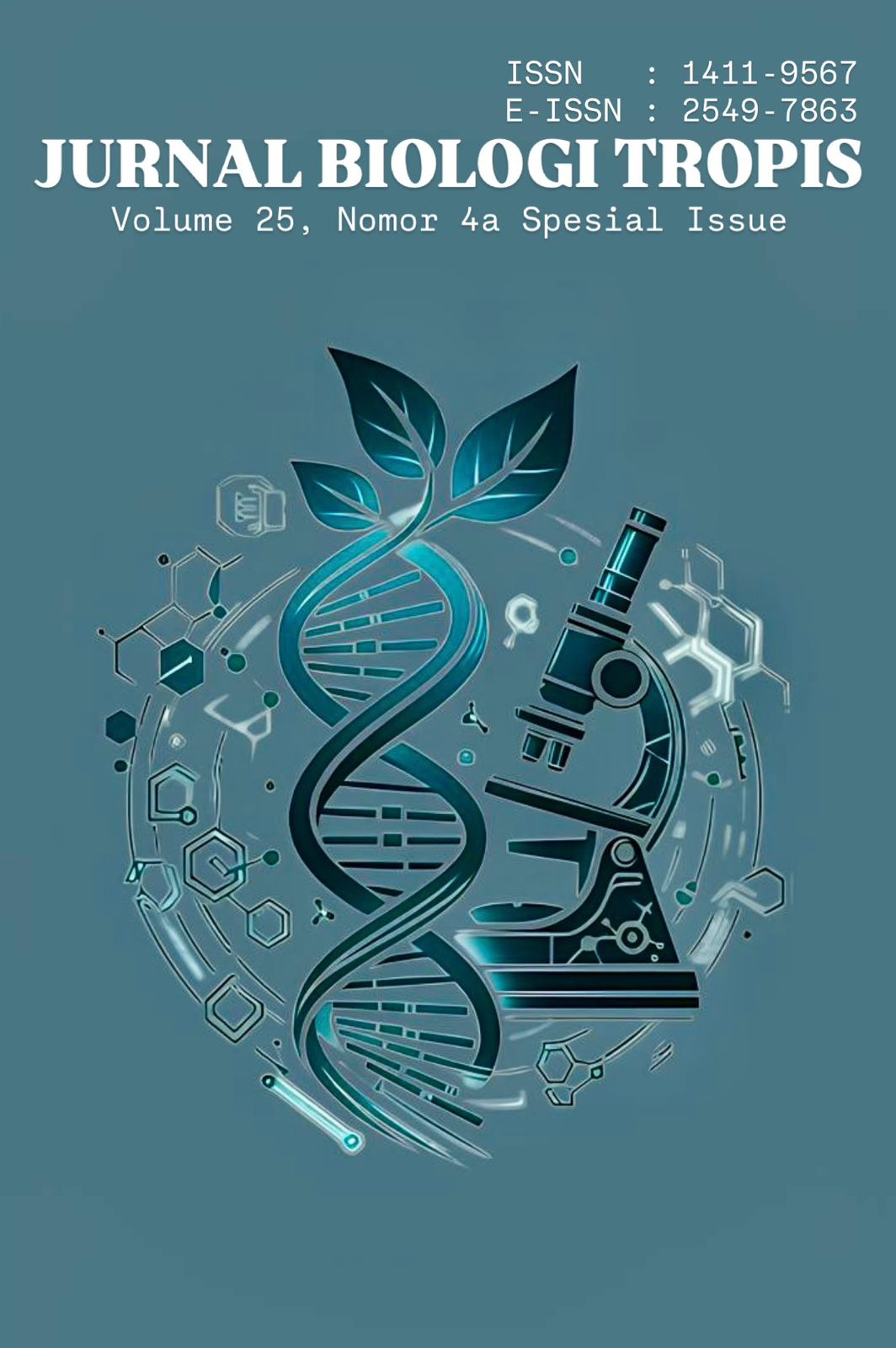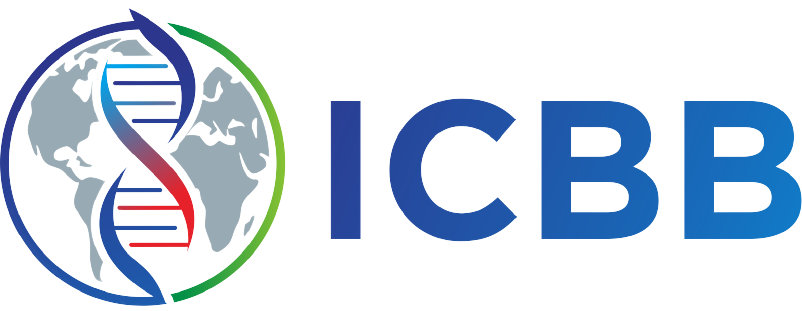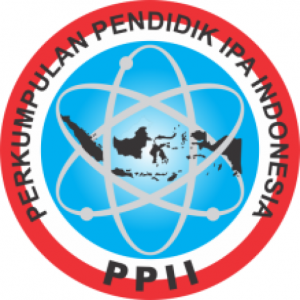Immunobiology and Molecular Approaches to Myasthenic Crisis in the Context of Tropical Biology
Authors
Nur Aulia Ahya Ningsih , Muhammad Rifki , Nadine Aisyah Sultan Firdaus , Nindy Citra Latifa , Prima Belia FathanaDOI:
10.29303/jbt.v25i4a.10513Published:
2025-11-18Issue:
Vol. 25 No. 4a (2025): Special IssueKeywords:
Myasthenic crisis, myasthenia gravis, immunopatogenesis, biotechnology, tropical bioactive compounds, FcRn, eculizumab, rituximabArticles
Downloads
How to Cite
Downloads
Metrics
Abstract
Myasthenic crisis is a severe acute complication of myasthenia gravis (MG) characterized by respiratory and bulbar muscle insufficiency due to impaired neuromuscular transmission, with pathogenesis involving autoantibodies targeting acetylcholine receptors (AChR), muscle-specific kinase (MuSK), and low-density lipoprotein receptor-related protein 4 (LPR4) that disrupt the integrity of the neuromuscular junction. This review aims to examine the immunobiological mechanisms of myasthenic crisis and explore the potential of modern biotechnological therapies and tropical bioactive compounds as adaptive treatment strategies for tropical populations. A comprehensive literature review was conducted focusing on genetic factors, tropical environmental influences, and advancements in molecular therapies. Genetic factors, including HLA class II and non-HLA genes, interact with tropical environmental conditions such as endemic infections, high temperature, extreme humidity, air pollution, and vitamin D deficiency, potentially exacerbating immune dysregulation and increasing crisis risk. Modern molecular therapies, including rituximab (anti-CD20), eculizumab (anti-C5), and efgartigimod (FcRn inhibitor), have demonstrated efficacy in reducing pathogenic autoantibodies and improving neuromuscular function, while tropical bioactive compounds such as curcumin and andrographolide show potential as adjuvant immunomodulators. Integrating biotechnological approaches with tropical bioprospecting provides a more adaptive and sustainable therapeutic strategy aligned with the biological characteristics of tropical populations. It is recommended that further clinical studies evaluate the safety, optimal dosing, and long-term efficacy of combined biotechnological and bioactive therapies in these populations.
References
Adamczyk-Sowa, M., Bieszczad-Bedrejczuk, E., Galiniak, S., Rozmiłowska, I., Czyżewski, D., Bartosz, G., & Sadowska-Bartosz, I. (2017). Oxidative modifications of blood serum proteins in myasthenia gravis. Neuroscience, 305, 145–153. https://doi.org/10.1016/j.neuroscience.2015.07.032
Albazli, K., Kaminski, H. J., & Howard, J. F. Jr. (2020). Complement inhibitor therapy for myasthenia gravis. Frontiers in Immunology, 11, 917. https://doi.org/10.3389/fimmu.2020.00917
Braun, M., et al. (2024). Genome-wide meta-analysis of myasthenia gravis uncovers new loci and provides insights into polygenic prediction. Nature Communications, 15(1). https://doi.org/10.1038/s41467-024-53595-6
Cavalcante, P., Marcuzzo, S., Franzi, S., Galbardi, B., Maggi, L., Motta, T., Ghislandi, R., Buzzi, A., Spinelli, L., Novellino, L., Baggi, F., Antozzi, C., Conforti, F., De Pas, T. M., Barberis, M., Bernasconi, P., & Mantegazza, R. (2017). Epstein-Barr virus in tumor-infiltrating B cells of myasthenia gravis thymoma: An innocent bystander or an autoimmunity mediator? Oncotarget, 8(56), 95432–95449. https://doi.org/10.18632/oncotarget.20731
Chen, K., Wei, J. C.-C., Yip, H.-T., Chou, M.-C., & Chang, R. (2021). Absence of association between previous Mycoplasma pneumoniae infection and subsequent myasthenia gravis: A nationwide population-based matched cohort study. International Journal of Environmental Research and Public Health, 18(14), 7677. https://doi.org/10.3390/ijerph18147677
Chia, R., Saez-Atienzar, S., Murphy, N., et al. (2022). Identification of genetic risk loci and prioritization of genes and pathways for myasthenia gravis: A genome-wide association study. Proceedings of the National Academy of Sciences of the United States of America, 119(5), e2108672119. https://doi.org/10.1073/pnas.2108672119
Claytor, B., Cho, S.M. & Li, Y. (2023). Myasthenic crisis. Muscle & Nerve, 68(1): 8-19. doi: https://doi.org/10.1002/mus.27832
Co, A. P. C., & Damian, L. F. (2025). Clinical outcomes of rituximab infusion among refractory myasthenia gravis patients in the Philippines: A 10-year retrospective study. Cureus, 17(1), e77888. https://doi.org/10.7759/cureus.77888
Cutolo, E. A., Campitiello, R., Caferri, R., Pagliuca, V. F., Li, J., Agathos, S. N., & Cutolo, M. (2024). Immunomodulatory compounds from the sea: From the origins to a modern marine pharmacopoeia. Marine Drugs, 22(7), 304. https://doi.org/10.3390/md22070304
Dresser, L., Wlodarski, R., Rezania, K., & Soliven, B. (2021). Myasthenia gravis: Epidemiology, pathophysiology and clinical manifestations. Journal of Clinical Medicine, 10(11), 2235. https://doi.org/10.3390/jcm10112235
Fan, Y., Huang, H., Chen, X., Chen, Y., Zeng, X., Lin, F., & Chen, X. (2023). Causal effect of vitamin D on myasthenia gravis: A two-sample Mendelian randomization study. Frontiers in Nutrition, 10, 1171830. https://doi.org/10.3389/fnut.2023.1171830
Gilhus, N. E., Tzartos, S., Evoli, A., Palace, J., Burns, T. M., & Verschuuren, J. J. G. M. (2019). Myasthenia gravis. Nature Reviews Disease Primers, 5, 30. https://doi.org/10.1038/s41572-019-0079-y
Howard, J. F., Jr., Utsugisawa, K., Benatar, M., Murai, H., Barohn, R. J., Illa, I., … & REGAIN Study Group. (2017). Safety and efficacy of eculizumab in anti-acetylcholine receptor antibody-positive refractory generalised myasthenia gravis (REGAIN): A phase 3, randomised, double-blind, placebo-controlled, multicentre study. The Lancet Neurology, 16(12), 976–986. https://doi.org/10.1016/S1474-4422(17)30470-1
Hu, J., Ye, Y., Chen, X., Xiong, L., Xie, W., & Liu, P. (2022). Insight into the pathogenic mechanism of Mycoplasma pneumoniae. Current Microbiology, 80(1), 14. https://doi.org/10.1007/s00284-022-03103-0
Huan, X., Luo, S., Zhong, H., Zheng, X., Song, J., Zhou, L., Lu, J., Wang, Y., Xu, Y., Xi, J., Zou, Z., Chen, S., & Zhao, C. (2021). In‐depth peripheral CD4+ T profile correlates with myasthenic crisis. Annals of Clinical and Translational Neurology, 8(4), 749–762. https://doi.org/10.1002/acn3.51312
Kaminski, H. J., Sikorski, P., Coronel, S. I., & Kusner, L. L. (2024). Myasthenia gravis: The future is here. Journal of Clinical Investigation, 134(12), e179742. https://doi.org/10.1172/JCI179742
Leopardi, V., Chang, Y.-M., Pham, A., Luo, J., & Garden, O. A. (2021). A systematic review of the potential implication of infectious agents in myasthenia gravis. Frontiers in Neurology, 12, 618021. https://doi.org/10.3389/fneur.2021.618021
Li, X., Yuan, W., Wu, J., Zhen, J., Sun, Q., & Yu, M. (2022). Andrographolide, a natural anti-inflammatory agent: An update. Frontiers in Pharmacology, 13, 920435. https://doi.org/10.3390/md22070304
Nelke, C., Stascheit, F., & Ruck, T. (2022). Independent risk factors for myasthenic crisis and disease exacerbation in a retrospective cohort of myasthenia gravis patients. Journal of Neuroinflammation, 19, 89. https://doi.org/10.1186/s12974-022-02459-0
Neumann, B., Angstwurm, K., Margenthaler, P., Dohmen, C., Hufschmidt, A., Gunther, A., Schneider, H., & Fink, G.R. (2020). Myasthenia crisis demanding mechanical ventilation: A multicenter analysis of 250 cases. Neurology, 94(3): e299-e313. https://doi.org/10.1212/WNL.0000000000008688
Nomura, T., Imamura, M., Imura, M., Mizutani, H., & Ueda, M. (2024). Efgartigimod treatment for generalized myasthenia gravis: A single-center case series of 16 patients. Frontiers in Neurology, 15, 1472845. https://doi.org/10.3389/fneur.2024.1472845
Peng, Y., Ao, M., Dong, B., Jiang, Y., Yu, L., Chen, Z., Hu, C., & Xu, R. (2021). Anti-inflammatory effects of curcumin in the inflammatory diseases: Status, limitations and countermeasures. Drug Design, Development and Therapy, 15, 4503–4525. https://doi.org/10.2147/DDDT.S327378
Tandan, R., Hehir, M. K., Waheed, W., & Howard, D. B. (2017). Rituximab treatment of myasthenia gravis: A systematic review. Muscle & Nerve, 56(2), 185–196. https://doi.org/10.1002/mus.25597
Tsai, N. W., et al. (2024). Epidemiology, patient characteristics, and treatment patterns of myasthenia gravis: Real-world evidence. Journal of Clinical Neurology/Medicine. https://www.ncbi.nlm.nih.gov/pmc/articles/PMC11136923/
Uzawa, A., Kuwabara, S., Suzuki, S., Imai, T., Murai, H., Ozawa, Y., Yasuda, M., Nagane, Y., & Utsugisawa, K. (2021). Roles of cytokines and T cells in the pathogenesis of myasthenia gravis. Clinical and Experimental Immunology, 203(3), 366–374. https://doi.org/10.1111/cei.13546
Wang, J., Zhou, H., Chen, H., Feng, H., Chang, T., Sun, C., Guo, R., Ruan, Z., Bi, F., Li, J., … (2024). Environmental factors affecting the risk of generalization for ocular-onset myasthenia gravis: A nationwide cohort study. QJM: An International Journal of Medicine, 117(2), 109–118. https://doi.org/10.1093/qjmed/hcad225
Wendell, L. C., & Levine, J. M. (2011). Myasthenic crisis. The NeuroHospitalist, 1(1), 16–22. https://doi.org/10.1177/1941875210382918
Wu, Y., Luo, J., & Garden, O. A. (2020). Immunoregulatory cells in myasthenia gravis. Frontiers in Neurology, 11,593431. https://doi.org/10.3389/fneur.2020.593431
Yi, J. S., Guptill, J. T., Stathopoulos, P., Nowak, R. J., & O’Connor, K. C. (2017). B cells in the pathophysiology of myasthenia gravis. Muscle & Nerve, 57(2), 172–184. https://doi.org/10.1002/mus.25973
Zhou, A., Ho, S., & Vickers, A. (2024). Eculizumab in myasthenia gravis: A review. Saudi Journal of Ophthalmology, 38(1), 34–40. https://doi.org/10.4103/sjopt_74_23
License
Copyright (c) 2025 Nur Aulia Ahya Ningsih, Muhammad Rifki, Nadine Aisyah Sultan Firdaus, Nindy Citra Latifa, Prima Belia Fathana

This work is licensed under a Creative Commons Attribution 4.0 International License.

Jurnal Biologi Tropis is licensed under a Creative Commons Attribution 4.0 International License.
The copyright of the received article shall be assigned to the author as the owner of the paper. The intended copyright includes the right to publish the article in various forms (including reprints). The journal maintains the publishing rights to the published articles.
Authors are permitted to disseminate published articles by sharing the link/DOI of the article at the journal. Authors are allowed to use their articles for any legal purposes deemed necessary without written permission from the journal with an acknowledgment of initial publication to this journal.


























